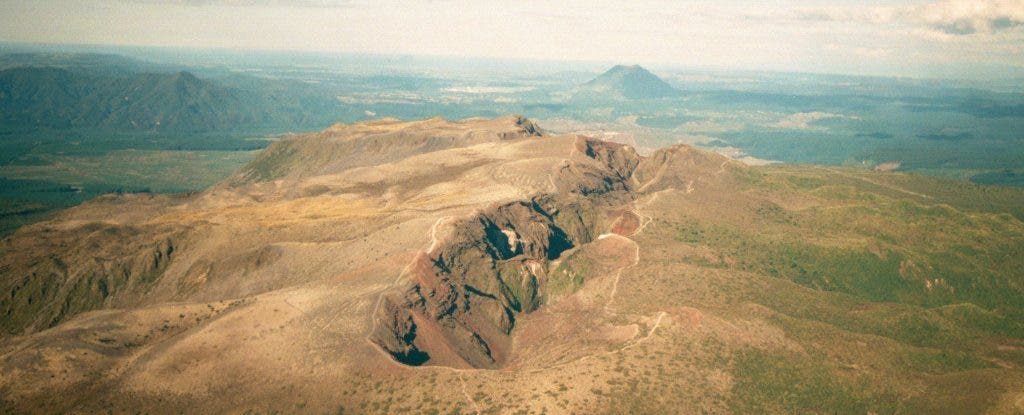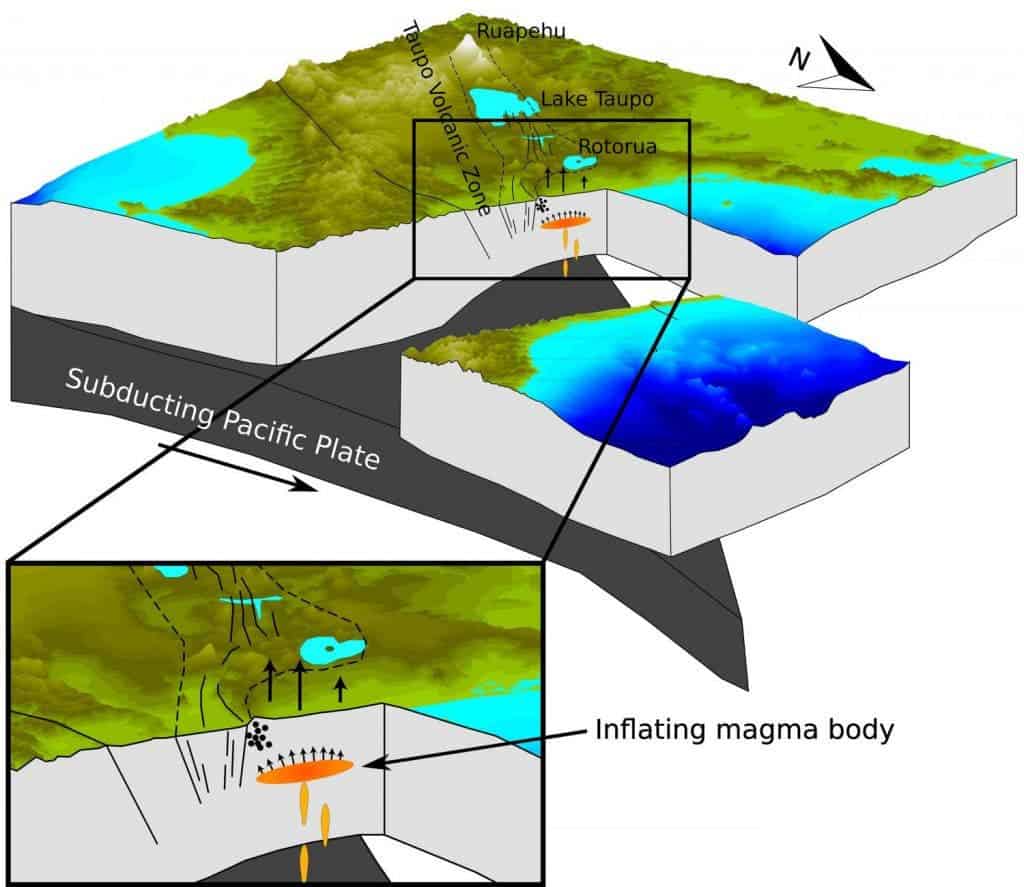Known for its magnificent landscapes and spectacular volcanoes, New Zealand never disappoints. Unfortunately, this time, the volcanism seems to be expanding under inhabited areas, a new study found.

The good news is that there’s no need to panic – an eruption is not imminent and likely won’t be for a few centuries, but when it pops, it’s gonna be pretty big. Estimates show that there’s enough magma to fill 80,000 Olympic-size swimming pools, lifting the ground beneath the coastal town of Matata by 40 centimeters.
Matata is home to only a few hundred people, and hasn’t had a history of volcanism for over 400,000 years, so geologists weren’t expecting to discover something beneath it. But a series of surprising earthquakes caught their attention.
“It was quite a big surprise,” lead researcher Ian Hamling told Nick Perry for the Associated Press (AP).

The magma pool is calculated to be some 9.5 km beneath the surface, which means it may never even turn into a volcano. Instead, it may simply accumulate and subsequently cool off and harden. But monitoring this process and understanding the magmatic evolution will help us in other places on Earth, where the threat is imminent.
“Although the ultimate fate of the magma remains unclear, its presence may represent the birth of a new magma chamber on the margins of arguably the world’s most active region of silicic volcanism, which has witnessed 25 caldera-forming eruptions over the last 1.6 million years,” the researchers write in Science Advances.






